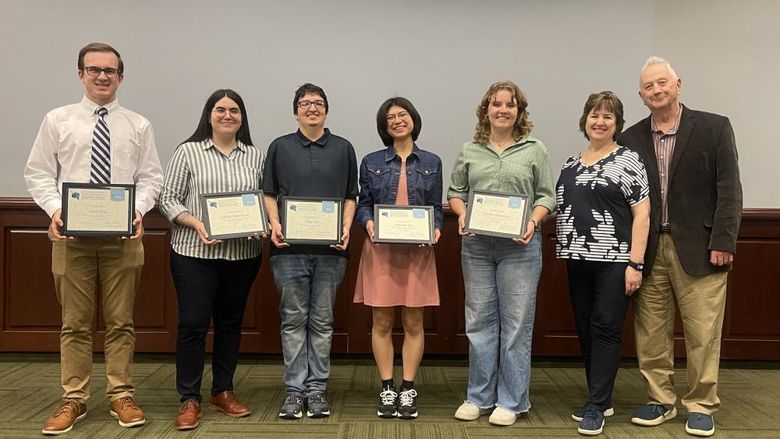SCHUYLKILL, Pa. — Five months before Carrel Reid was set to graduate from the College of Information Sciences and Technology (IST) in 2016, he began applying for jobs.
“I applied to a countless number of IT jobs in New York City, and I was thinking about where to apply next,” Reid said. Though he didn’t have plans to relocate to the west coast, he found himself “sitting there looking at the Google search page and I thought to myself ‘why not?'”
After submitting an application to Google, he was contacted immediately by a recruiter and was eventually offered a position with the company as a field tech in their prestigious Information Technology rotational program.
Reid said, “[Google’s] interview process was very challenging, and it forced me to connect dots that I didn’t know were even there and delve into my knowledge to solve the problem.” He described a technical exercise during his interview that was a “break and fix session” on a network that “seems like it never ends.”
But through his selection of the Integration and Application Option within the IST major, Reid had the networking and infrastructure skills he needed to succeed. “I was like a sponge [in my advanced network administration] classes, absorbing everything thrown at me,” he said.
Reid also credits his success at Google to the large scope of the IST curriculum. “IST allowed me to be a jack-of-all-trades in the IT field, instead of just focusing on one area of expertise,” he said. “The education I was provided fully prepared me to become an IT professional.”
Originally from Brooklyn, New York, Reid completed his degree at the Penn State Schuylkill campus, one of the many Commonwealth Campuses where students can earn an IST degree. “At Schuykill, I was able to be extremely involved in all of my classes and I built a strong relationship with all my professors,” he said. “I’m just happy that the decision to stay at Schuylkill exceeded my wildest expectations.”
His favorite class was IST440W, a capstone course that combines technical expertise with tangible problems. “It was a culmination of the four years coming together in one project,” he explained. He created an “intrusion detection lab,” in which he set up a server with firewalls to monitor web traffic. His work was even referenced by his classmates for their own projects. “Hands down, [it was] the best time I had as an IST student,” Reid said.
So when a recruiter at Google asked him to return to Penn State to look for talented students to join the company, he jumped at the opportunity. “I love the IST [curriculum], and I will vouch for it any day of the week,” he explained. “What the IST program teaches is vital to Google’s Corporate Operations team, and we need more IST students."




